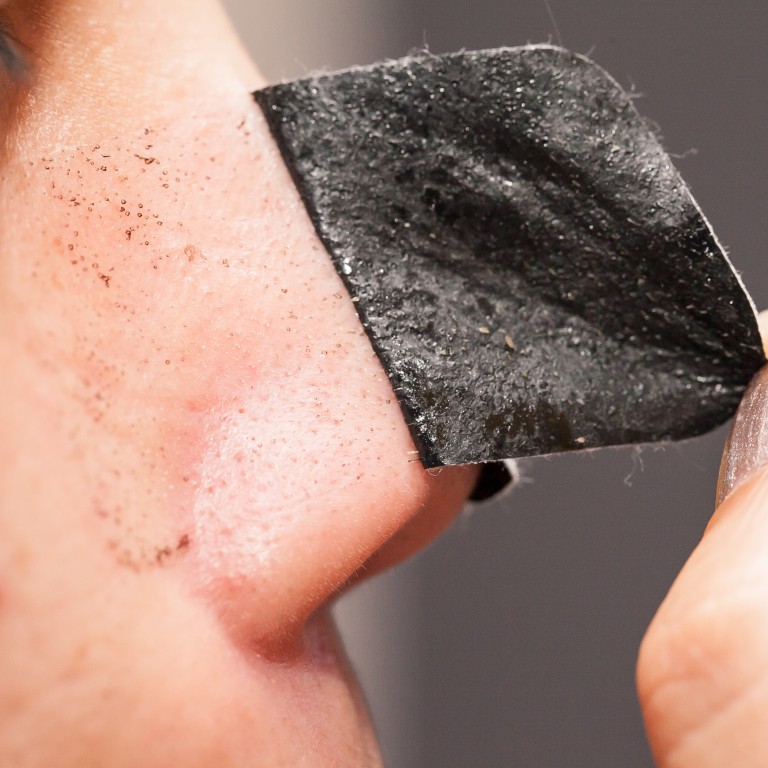
Explainer | Why blackheads form and how to get rid of them – and avoid them in the first place
- Up to one in five adults has blackheads, and they can be ‘frustratingly hard to treat’, experts agree. Still, there are ways to avoid having any
- We take a look at what causes them, why relying on make-up wipes can clog your pores and why, if you have to, you should use your fingers to squeeze blackheads
Blackheads are a form of acne. They happen when a skin pore becomes clogged with oil, bacteria and dead skin.
“Like potholes in a road, our pores can fill with debris, which then oxidises with air and turns black,” says Brian Toy, a dermatologist in the United States.
Still, there are some steps that you can take to prevent blackheads and get rid of them when they occur.
Why you have so many blackheads on your nose
Blackheads are most common in areas of the skin that have more sebaceous glands, which produce oil.

The highest concentrations of these glands are found on the nose, chin, neck, back and chest, says Smita Ramanadham, a US plastic surgeon and skincare expert.
Still, “it is not uncommon to find blackheads in other areas”, Ramanadham says.
The best way to prevent blackheads is good skin hygiene and care
Blackheads aren’t contagious, but it’s common to have a cluster in the same area, she says. That goes back to the fact that certain areas, like the nose, are more oily and likely to become clogged.
Anyone can experience blackheads, but males are more susceptible to them because testosterone increases oil production, Toy says.
People going through puberty or menopause are also more susceptible because of hormonal changes that can increase oil production, he adds.
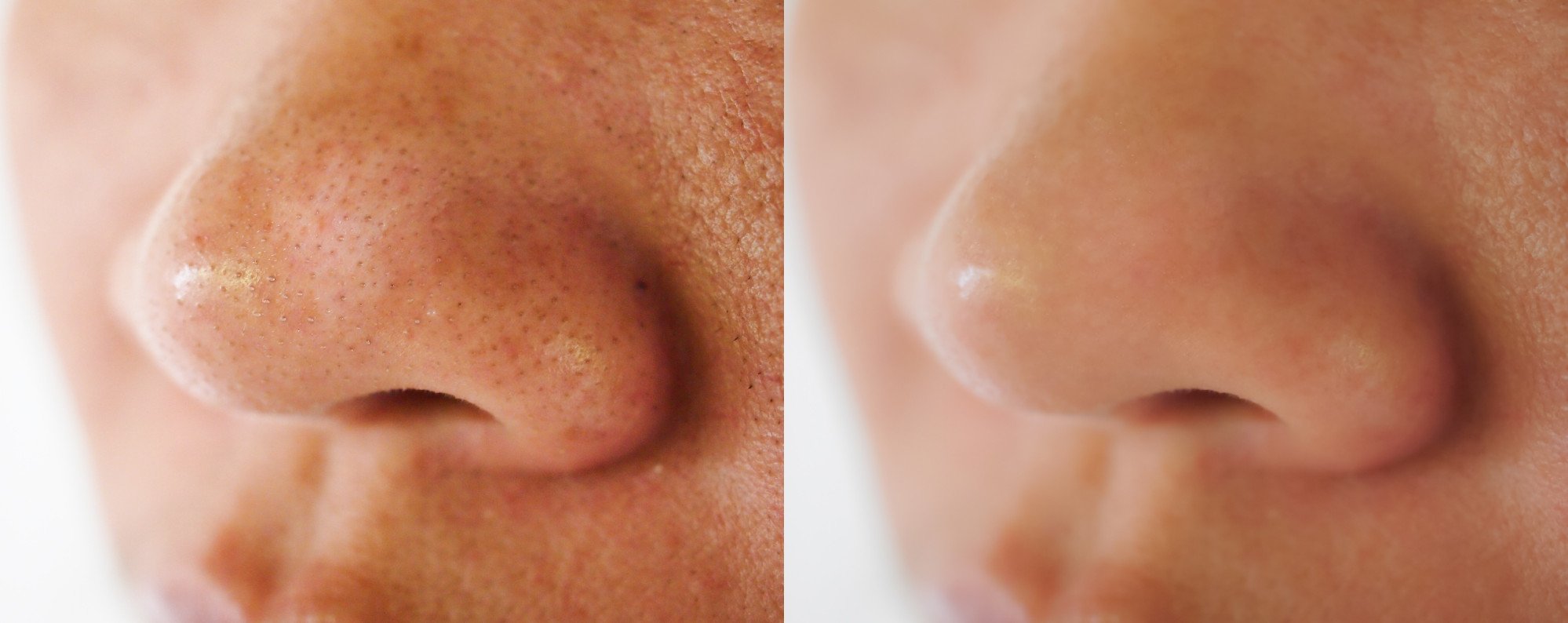
How to get rid of blackheads on your nose for good
The best way to get rid of blackheads is to prevent them from happening in the first place with a great skincare routine.
“Hygiene plays a critical role in the development of blackheads,” Toy says.

Don’t rely on make-up wipes
While make-up wipes are efficient, they aren’t always effective, says Toy.
“The immensely popular cleansing cloths that many of my patients use do not do an adequate job of removing dirt and make-up,” he says.
Don’t rely on a cleansing wipe alone. Instead, use soap and water or a cleanser in addition to the wipe, he says.
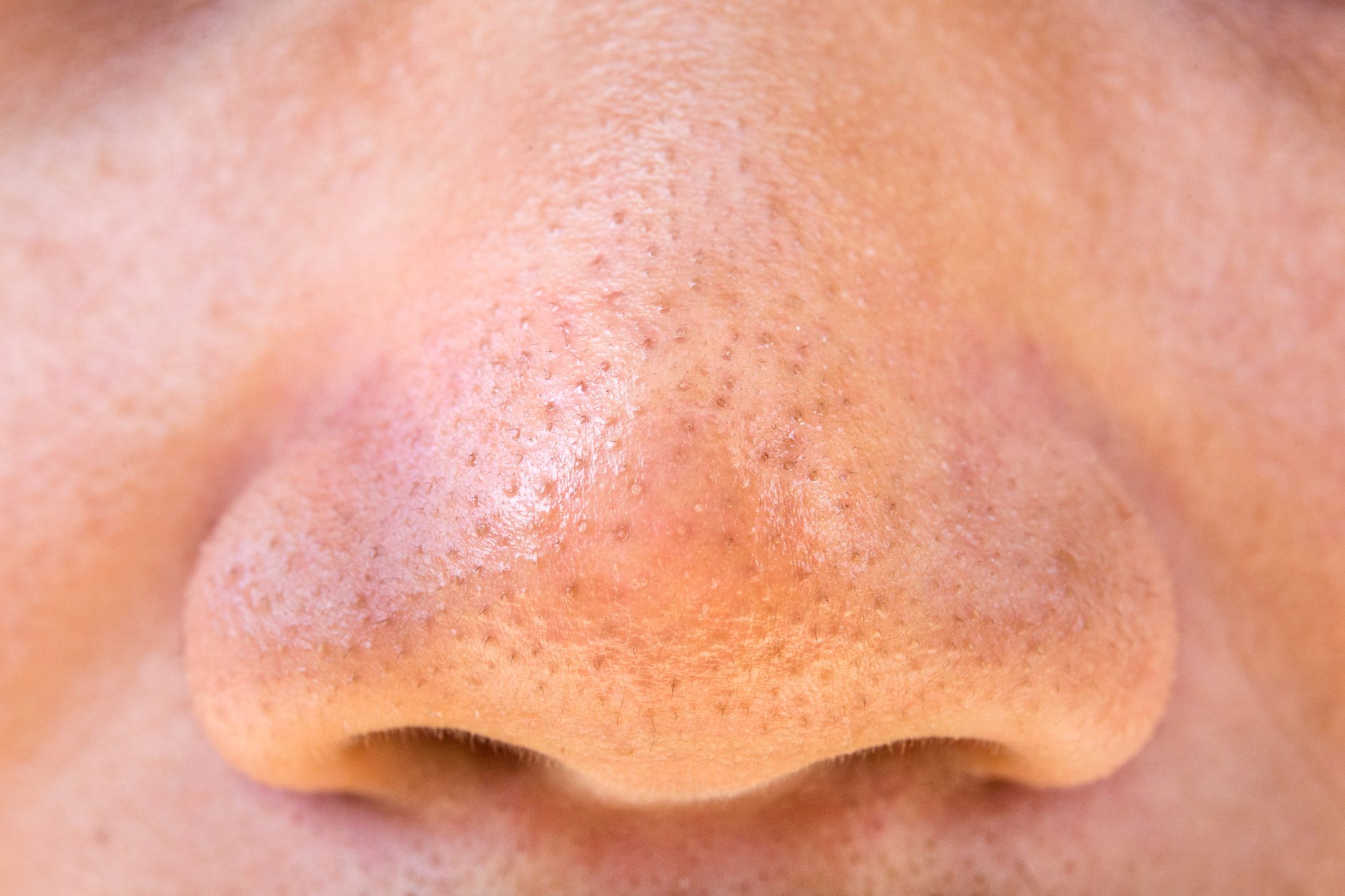
Get tough
If you’re acne-prone, you may need to forgo mild cleansers like Cetaphil and SkinCeuticals Gentle Cleanser, says Toy.
Instead, select a skin cleanser that is designed for acne- or blackhead-prone skin like Neutrogena Acne Wash and Proactiv. These will cleanse your pores more thoroughly.
Choose your products carefully
Adult acne explained: causes, treatment, what to watch for
Avoid touching your face
During the day, try to minimise touching your face, says Ramanadham. That can be tough, since people touch their faces about 23 times each hour. That will minimise the amount of bacteria that gets into your pores.
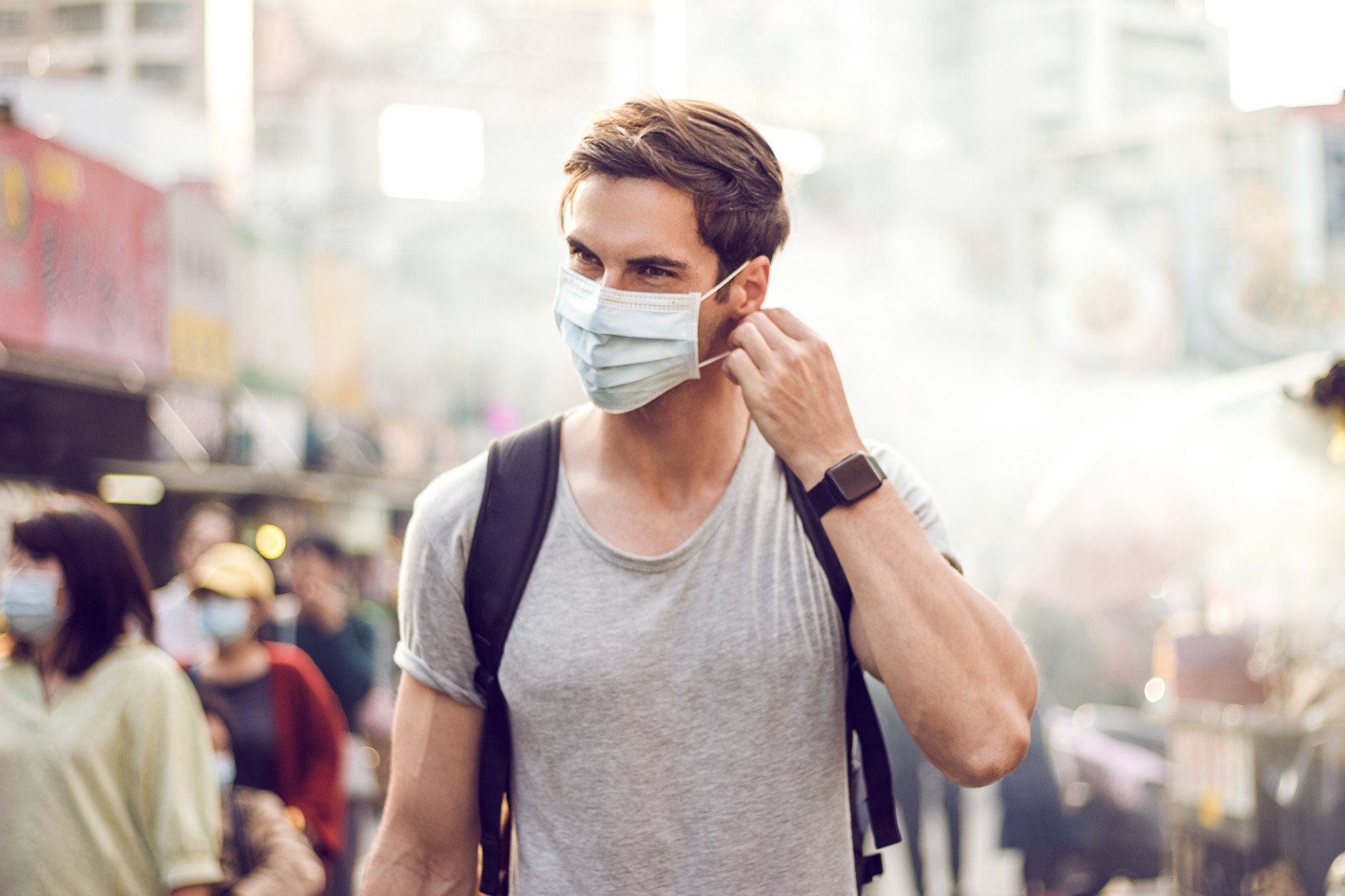
Use prevention products
Another effective ingredient is salicylic acid. Using a cleanser with 2 per cent salicylic acid before bed can help exfoliate the skin and keep pores from getting clogged, Ramanadham says.
People with frequent blackheads can also try using an over-the-counter adapalene 0.1 per cent gel to prevent new blackheads, Toy says.
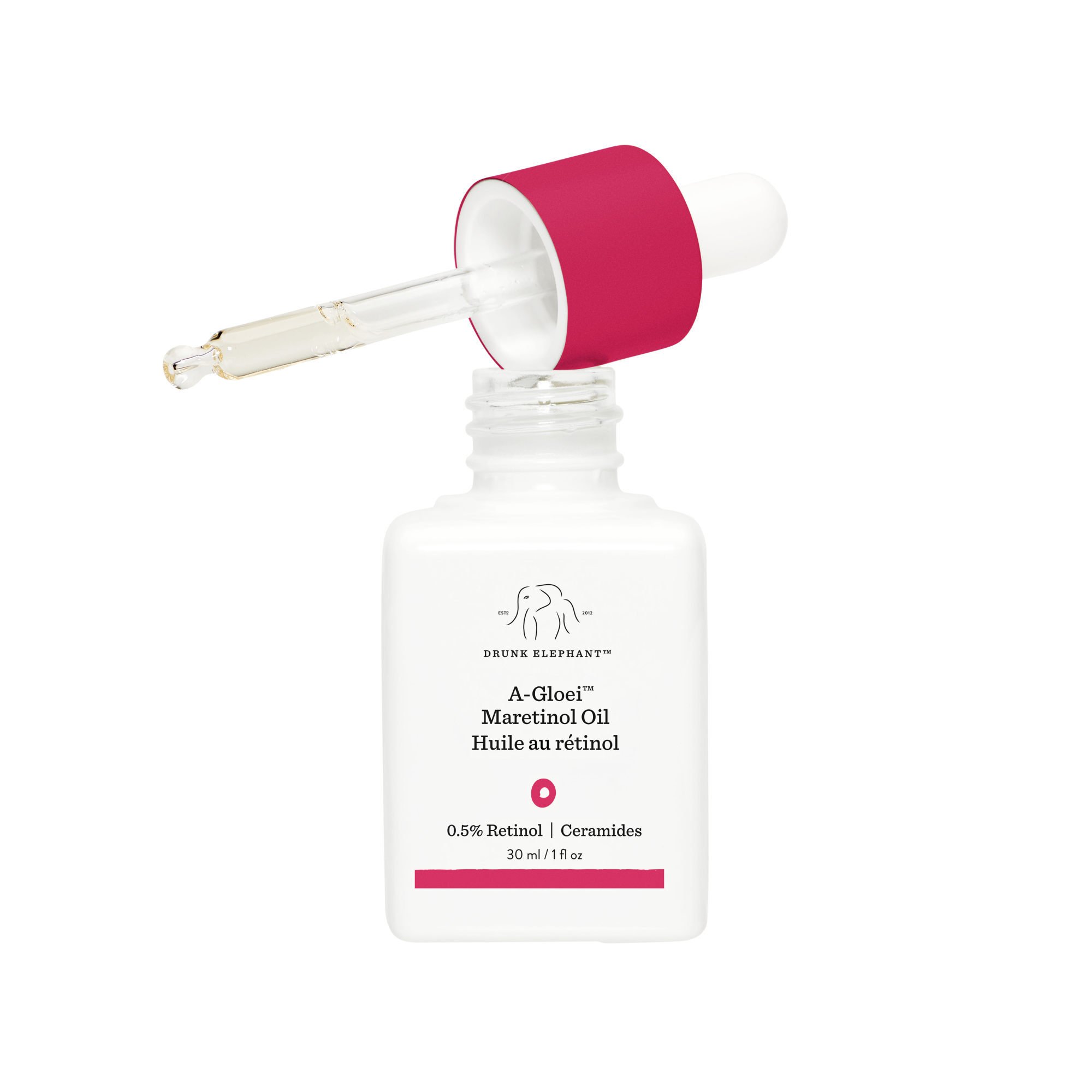
What to do when blackheads appear
Blackheads that are close to the surface of the skin will sometimes resolve on their own. But if a blackhead is still there after several weeks, it’s best to reach out to a professional aesthetician or dermatologist, Toy says.
They’ll remove the blackhead using a comedone extractor. Although these tools are available for purchase and use at home, trying to remove your own blackheads runs the risk of scarring and infection.
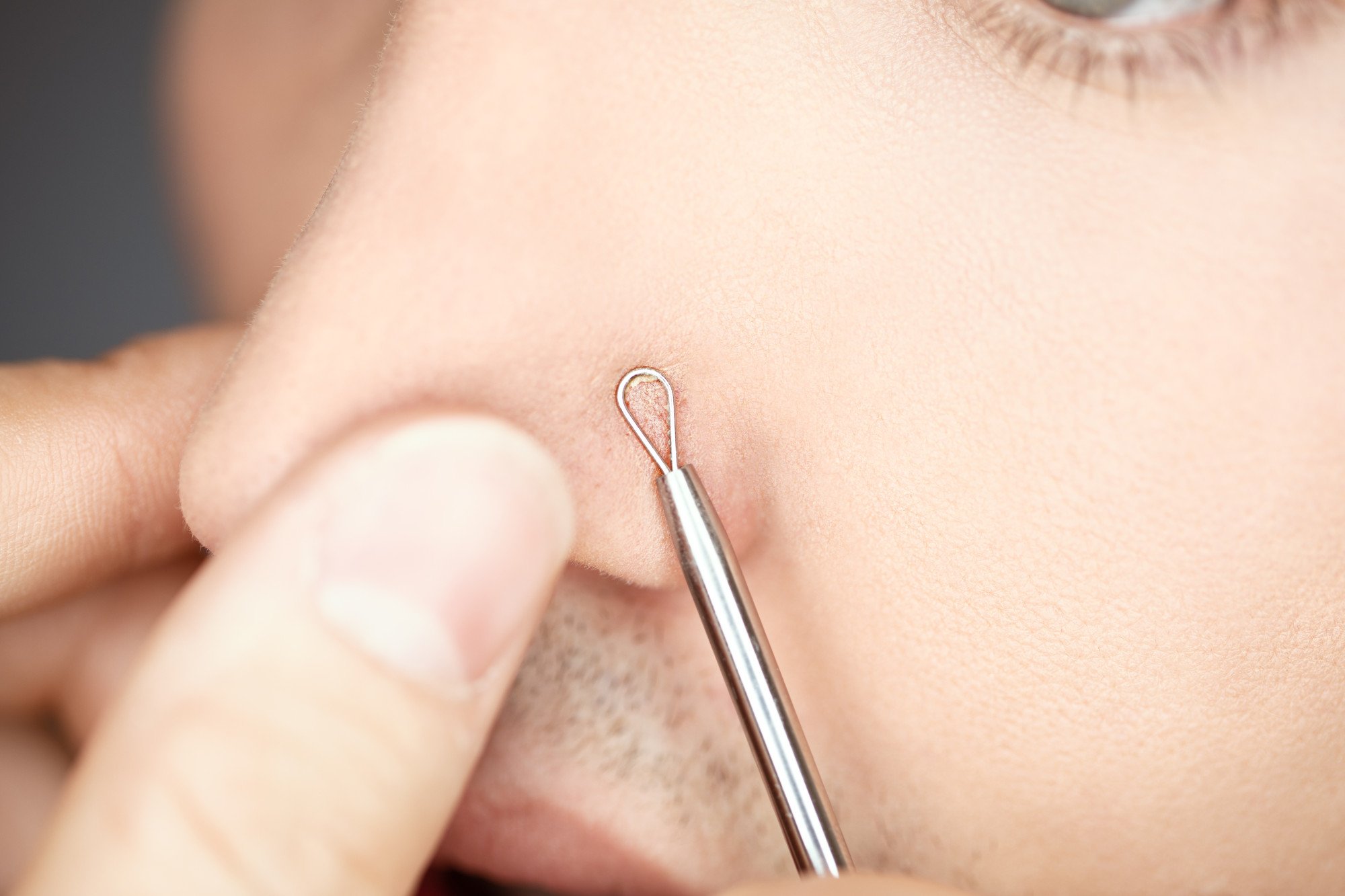
Still, Toy says, “I understand many of my patients cannot help themselves and will try to do it on their own”. He gives his patients permission for just one try to squeeze the blackhead out using their finger nails, but urges them not to try more than once.
“If the blackhead is not extruded after one attempt, I tell the patient to give up, because at that point, the success rate is low,” he says. “In addition, the more they dig their fingernails into the skin, the more likely it will result in scarring.”
If you’re going to try to remove a blackhead, stick with your fingers; don’t use a comedone extractor. Be sure to wash your hands before trying so you don’t introduce more bacteria.
How to treat adult acne, and the new ‘maskne’
Our takeaway
Almost everyone will experience a blackhead at one point or another. Implementing a solid skincare routine, including nightly washing and exfoliating, can help keep blackheads at bay. If you experience severe, widespread or recurring blackheads, a professional can likely help.
“The best way to prevent blackheads is good skin hygiene and care,” says Ramanadham. “The key is to consult a medical professional to evaluate your skin concerns and implement a skin-care regimen that can unclog pores and control sebum production.”

